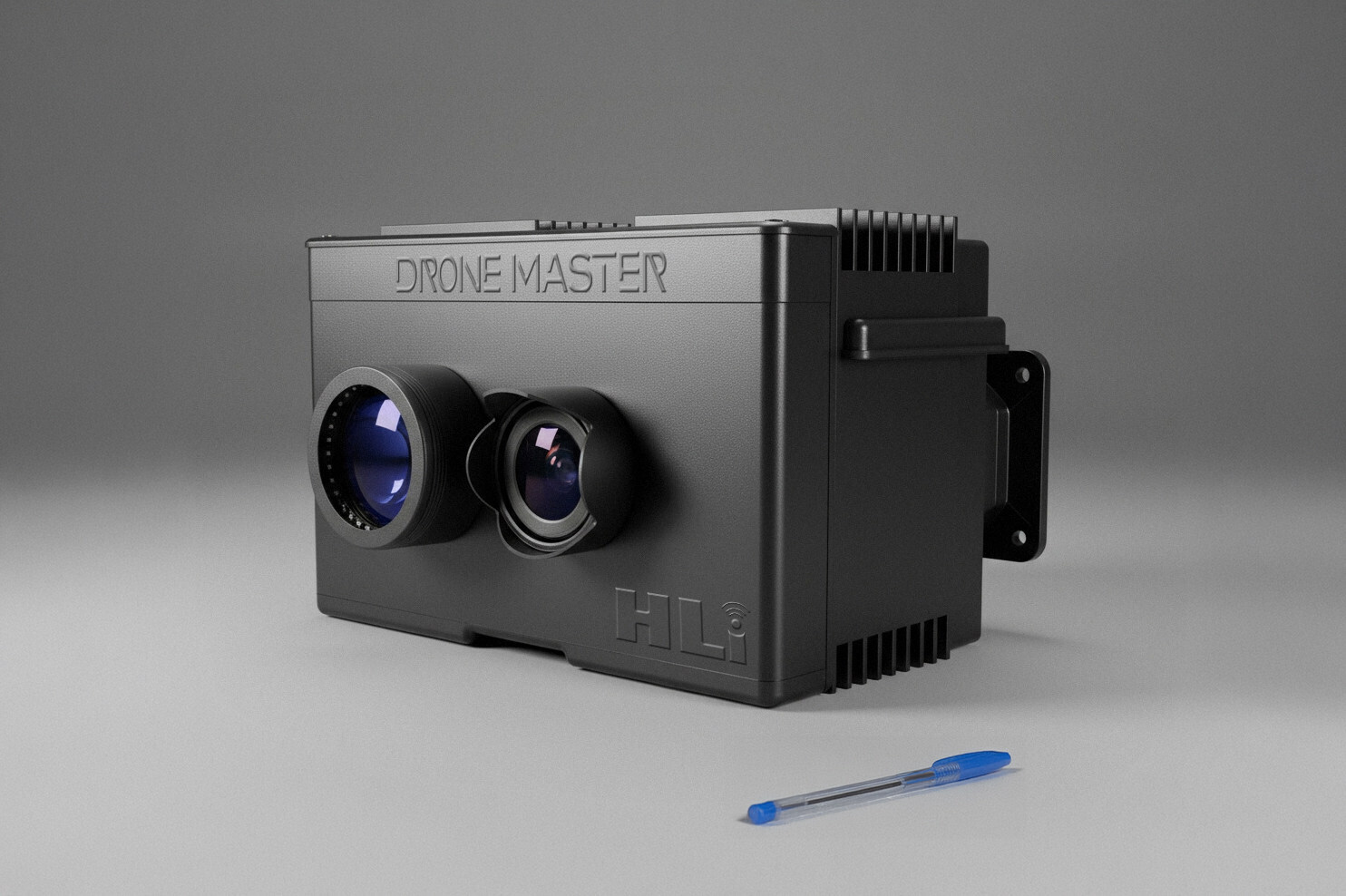David Hall Unveils Cam-Lidar Drone Defense System

David S. Hall, the inventor behind lidar for autonomous vehicles and founder of Velodyne Lidar, has introduced Cam-Lidar, a new high-speed aerial detection system, announced in a press release. The technology is the first product from Hall Lidar Inc., a Montana-based company Hall established earlier this year.
Cam-Lidar integrates lidar, camera optics, and artificial intelligence to detect and track aerial objects such as drones at distances up to two kilometers. The system synchronizes lidar and camera feeds at 60 frames per second, providing real-time spatial visualization and predictive tracking. It can identify objects as small as a laptop moving at speeds near Mach 1.
The technology is designed to work alongside Hall’s proprietary magnetic electrical launch (MEL) system, which can deploy net-based drone capture tools multiple times per second. Together, the systems aim to deliver rapid, precise, and cost-effective drone neutralization for security applications including airports, energy facilities, and military bases.
Hall Lidar has developed a working Cam-Lidar prototype and is now accepting early orders and demonstration appointments from commercial and government partners.
We hope you enjoyed this article.
Consider subscribing to one of our newsletters like Defense AI Brief or Daily AI Brief.
Also, consider following us on social media:
More from: Defense
Subscribe to Defense AI Brief
Your weekly intelligence briefing on the technology shaping modern warfare and national security.
Whitepaper
Stanford HAI’s 2025 AI Index Reveals Record Growth in AI Capabilities, Investment, and Regulation
The 2025 AI Index by Stanford HAI provides a comprehensive overview of the global state of artificial intelligence, highlighting significant advancements in AI capabilities, investment, and regulation. The report details improvements in AI performance, increased adoption in various sectors, and the growing global optimism towards AI, despite ongoing challenges in reasoning and trust. It serves as a critical resource for policymakers, researchers, and industry leaders to understand AI's rapid evolution and its implications.
Read more
